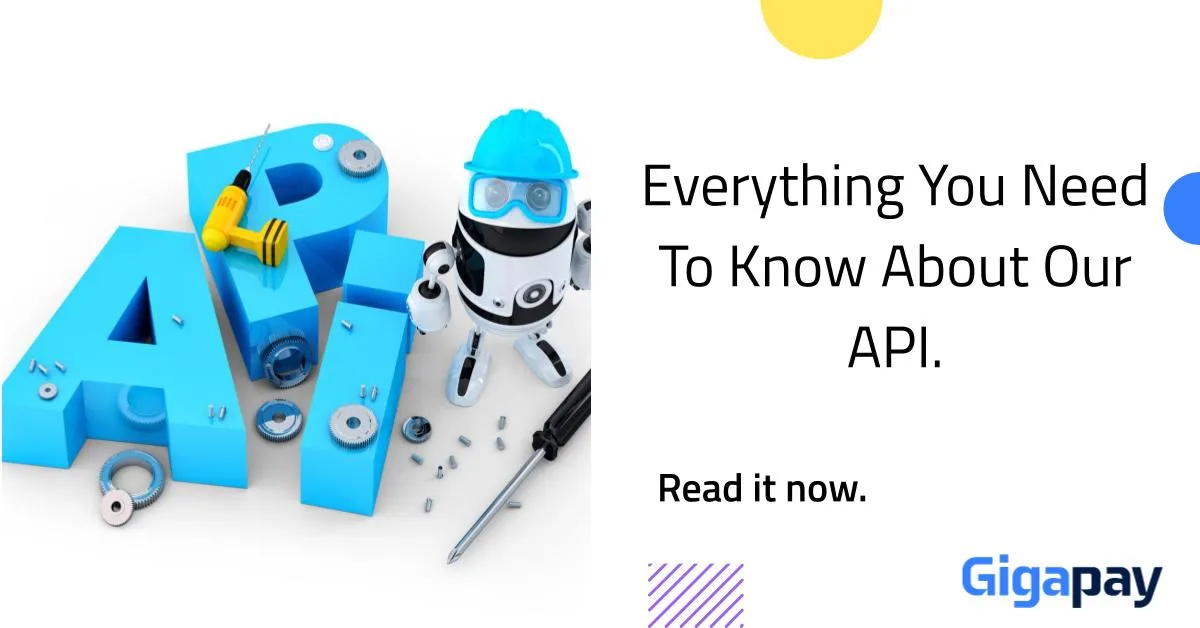Before our API, there was a problem in the marketplace. Businesses and digital marketers needed a more effortless and seamless way to instantly pay their influencers and creators, with taxes and social benefits declared.
As they grew in size, another problem surfaced. How will they manually pay hundreds of thousands of influencers, creators, and affiliates without breaking down? To automate this process and allow businesses to focus on what they do best, Gigapay was born.
To know more about our API, we engaged our CTO, Gustav Malmqvist, in a discussion. We hope you enjoy the interaction.
1. Hi Gustav, in one sentence, what problem is the API currently solving?
The API solves the same problem as our UI does, but at scale. Using our API you are able to onboard and pay hundreds or thousands of influencers in real-time, once a campaign has been completed, for example.
2. What type of customers benefit the most from integrating with Gigapay's API?
There are two types of customers who benefit from integration. Platforms who want to work with smaller influencers but are choosing not to because managing individuals is too much work.
The second is platforms that work with medium-sized influencers since they typically all have their own company the invoice from, so you get tons of invoices from all directions that you need to handle yourself. By sending the payouts through Gigapay, all those invoices will be aggregated into one.
Using the API they can pay anyone automatically and immediately, triggered by some action or event in their platform or project management tool.
3. Are there new features being incorporated into the API? If yes, what are the expected delivery schedules?
Our API is a central part of our service, so we are constantly working on it, but the big upcoming feature we're excited about is support for international payouts. That has been a technical and compliance marathon, but we finally have a perfect solution.
4. What features does the API have that the UI doesn't and vice versa?
The UI is built to be streamlined, so there are a lot of choices that are only available in the API. The big ones are the different transaction types, control of how and when we invoice, and control of how and when we send notifications to the recipients.
5. Which language is the API built on, and why?
The API is a REST API built using Django in Python. And Django is a fantastic framework. It has a stellar track record and is a joy to work with.
6. What platforms and applications have been successfully integrated with the API?
Some of them are Adrecord, Memmo, TaskRunner/TechBuddy, inzpire.
7. How often are the APIs changed and, more importantly, deprecated?
We maintain strict backward compatibility. We are adding new features to the API, but all breaking changes are gated behind a new version of the API. Our first version, v.1, from when Gigapay was just a baby is still up and running!
8. What are the limits on API use? Any way to increase the limit?
There is no limit, as we don't process the payouts until we've received payment for them. You can pre-register payouts to your heart's content and pay everything in one invoice. To enable real–time payouts we currently require a prepayment, you are somewhat limited to that.
9. Is there a non-production endpoint or sandbox environment for testing codes?
Yes, we have our demo server. api.demo.gigapay.se. It is identical to our production environment, except no real money flows through it. It serves as a sandbox for developers.
10. What's the authentication like when using the API? Is it user credentials, keys, or other methodologies?
It is pretty standard. It uses regular API keys.
11. Is a dedicated knowledge base or an internal consulting group available for integration?
No, there's an internal process. But, first, one of the engineers will set up an initial planning meeting to ensure there are no misunderstandings and that what they are trying to achieve with Gigapay is possible.
Then we set up a shared Slack channel for any questions that may pop up during the integration. So we guide to ensure that the integration process is as smooth as possible, but we do not contribute to integration.
12. For new users, how do they start interacting with the API? What's the process like?
New users should inform us that you would like access to our browsable API. They can start interacting with the API and send test payouts directly in the browser without having to write a single line of code. It gives you a good feel for the API, and the integration afterward goes much smoother.
13. How does the API use and handle personal data?
The only personal data exposed in the API is the one you provided so we can reach out to the recipients. The personal data we collect as a part of the onboarding/verification is not exposed in the API and is handled internally by us in compliance with GDPR.





.webp)